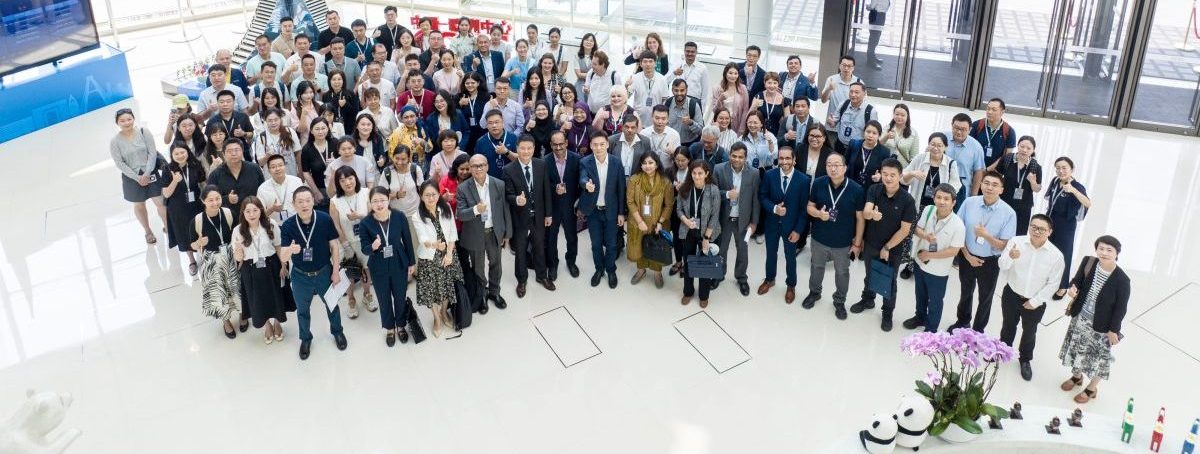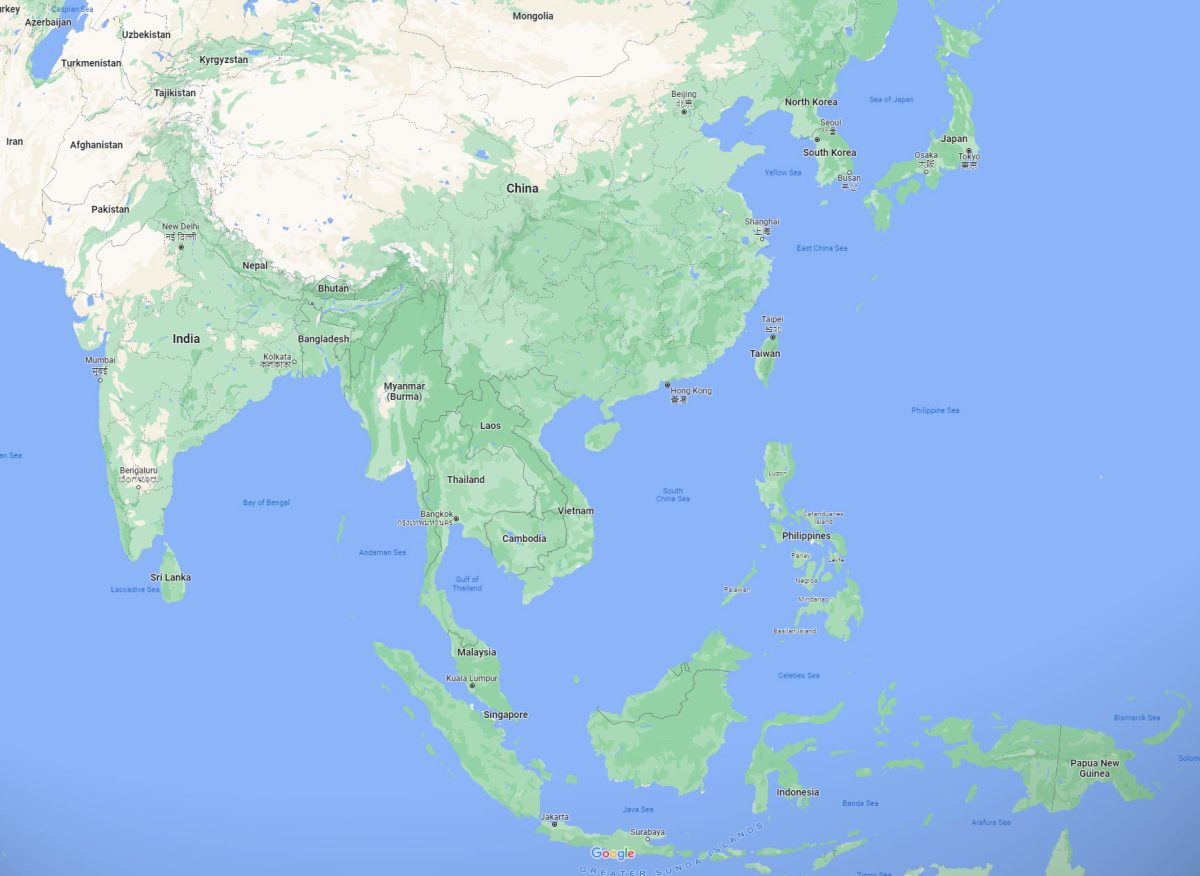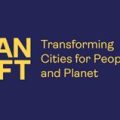UrbanShift China City Academy Successfully Concludes: Charting a Blueprint for a Green Future

From July 1st to 3rd, 2025, the Seventh Replenishment phase of the Global Environment Facility (GEF-7) UrbanShift China City Academy was successfully held in Chengdu, China. The event was co-hosted by ICLEI – Local Governments for Sustainability (ICLEI) and the China Center for Urban Development (CCUD), with support from the United Nations Environment Programme (UNEP), the World Resources Institute (WRI), C40 Cities, the World Bank, the Asian Development Bank, and the United Nations Development Programme.
Approximately 150 participants, including government officials, academic experts, and representatives of international organizations from 28 cities in China, Indonesia, India, Malaysia, the Philippines, and Mongolia, gathered to explore innovative paths for sustainable urban development. Opening remarks were delivered by Emani Kumar, Deputy Secretary General of ICLEI; Bai Wei, Director of the International Cooperation Department at CCUD; and Yu Yang, Secretary of the Party Leadership Group and Director of the Chengdu Hi-tech Industrial Development Zone Bureau of International Cooperation and Investment Promotion. Centered on the two main themes of “Urban Biodiversity” and “ Green and Thriving Neighbourhoods,” the event provided valuable experience for the green transformation of participating cities through thematic training, case study sharing, and field visits.

Group photo

Hosted by Zhu Shu, Regional Director & China Representative, ICLEI East Asia Secretariat
During the opening ceremony, Alyssa Chenault, Climate Action and UrbanShift Global Manager, ICLEI World Secretariat, introduced the core objective of UrbanShift – assist cities in achieving an “equitable, zero-carbon, and resilient” future through capacity building, technical support, and international cooperation. She emphasized that Asian cities account for more than half of the global urbanization process and Chengdu’s experience proves that green development is not only an ecological necessity but also an engine for economic and social progress. Wang Qian, Officer-in-Charge, UNEP China Office, and Jiang Xiaoqian, Climate Lead & Sichuan Project Lead, Sustainable Transition Center, WRI China, also delivered keynote speeches.
Furthermore, Ding Rui, Deputy Chief Planner of the Chengdu Institute of Planning and Design, shared the innovative model of integrating urban ecology and culture, using Chengdu’s development of a “Park City” as an example. By creating an “Urban Green Heart” network, Chengdu seamlessly connects ecological spaces with urban functions, forging a livable environment where vegetation can be spotted within 300 meters and a park within 500 meters. Ding Rui specifically mentioned that Chengdu’s Luxelakes Eco City and the Sino-Singapore (Chengdu) Innovation Park are prime examples of the Park City concept. The former has constructed over a thousand acres of lake and wetland landscapes through water-ecology restoration, while the latter has achieved industry-city integration with its “small blocks and dense road network” planning.
Thematic Training – From Theory to Practice: an Exploration of Urban Transformation
The “Urban Biodiversity: Data, Finance, and Implementation” training, designed and delivered by experts from the WRI, aimed to enhance participants’ ability to integrate biodiversity into urban planning. Zheng Shijun, Director of the Anji Branch of the Huzhou Municipal Bureau of Ecology and Environment, was invited to present Anji’s exploration of coordinating biodiversity conservation, utilization, and green co-prosperity. Anji has strengthened inter-departmental collaboration to complete baseline surveys of wildlife, enhanced its conservation network to rescue and breed rare animals, and promoted industrial integration to turn local species into landmark products for economic benefit.
The “Green and Thriving Neighbourhoods” training, led by the UNEP, was designed to equip urban planners and practitioners with tools to address development challenges in Asian cities, such as high population density, rapid industrialization, and climate vulnerability. Zhang Yan from the Shijiazhuang Institute of Territorial and Spatial Planning and Design shared the planning experience of the Da’anshe Future Community in Xinhua District, Shijiazhuang. This community, aiming for “Urban Village Renovation 3.0 – Creating a Future Urban Community Where Humanities and Technology Converge” has become a successful model of “livable, workable, and family-friendly” environment by strengthening village industries, focusing on human-centric needs like healthcare, employment, and education, and introducing modern technologies such as drones. Qi Qi from the Beijing Municipal Center for Climate Change Management presented a case study on the construction of climate-friendly areas in Beijing. The “elderly and child-friendly” climate-friendly renovation of the Xiaonanzhuang Community in Haidian District highlighted a “people-oriented” climate-friendly concept by installing photovoltaic facilities, promoting waste sorting, and building climate adaptation infrastructure like permeable pavements and rainwater wells at the community level.
Additionally, representatives from cities including Puducherry, Vijayawada, and Mysuru in India; Malacca in Malaysia; Quezon City and Davao City in the Philippines; and Chengdu, Chongqing, Ningbo, Tianjin, Beijing, Shijiazhuang, Yangzhou, Shenzhen, Guangzhou, and Hohhot in China shared their outstanding experiences in urban biodiversity development and community governance through keynote speeches and interactive discussions.

Green and Thriving Neighbourhoods group photo
Field Visits – An Immersive Experience of Chengdu’s Formation of Ecology and Technology
During the field visit segment, participants visited the Sino-Singapore (Chengdu) Innovation Park and Luxelakes Eco City. The Heartbeat Robot Central Park at SSCIP is not only a showcase for cutting-edge technology but also a practical base for building an integrated production-academia-research-application robotics community and creating a full-cycle industrial support system. From plant protection drones that guard the urban ecosystem to intelligent water-surface robots for dredging, the park vividly demonstrated how artificial intelligence can be deeply integrated into urban life experiences.

Visit to Sino-Singapore (Chengdu) Innovation Park
Luxelakes Eco City showcased its success in water-ecology management. After more than a decade of scientific restoration, Luxelakes has become the largest artificial clear-water lake in China, setting a precedent for successful long-term urban water-ecology governance in the country. The delegation took a boat tour of the lake area and visited a “micro-wetland education base” converted from a derelict boat, learning about community-level practices that promote residents’ co-creation of a green homeland through actions like nature education.

Visit to Luxelakes Eco City
The three-day China City Academy was not just a platform of knowledge sharing but also a bridge for international cooperation. The future of cities depends on the actions of today. Through shared experiences, innovative tools, and continuous interactions, the GEF-7 UrbanShift program is propelling cities toward a greener and more inclusive world.
For more information, please visit the UrbanShift website.


